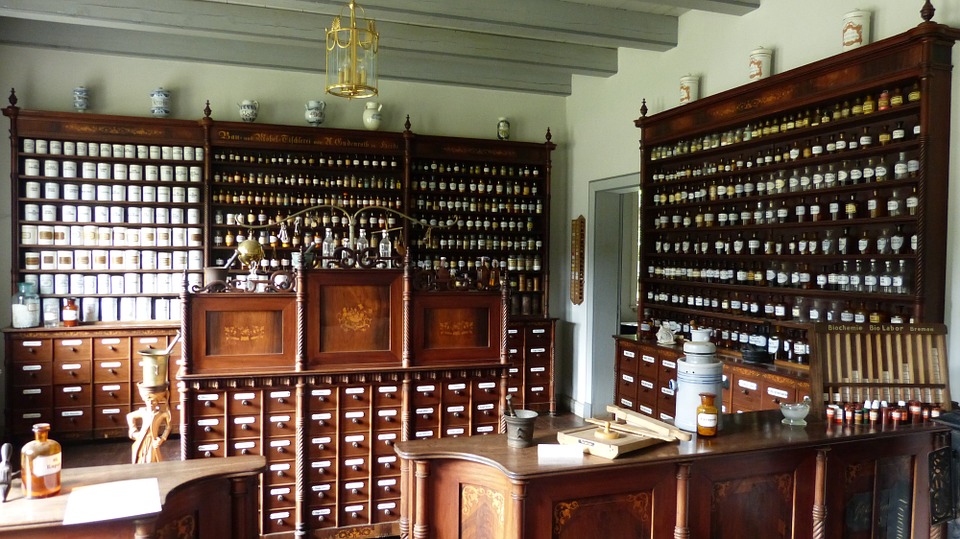What is a Flavor to a Pharmaceutical Scientist?

“Flavor”, “Taste”, and “Smell” are not the same.
To a sensory scientist, the term “flavor” refers to the combination of taste, aroma, mouthfeel and texture. This definition is important as we debunk one of the great myths of taste masking: that taste and smell are the same. They are not. Taste and smell represent different receptor / transduction pathways and loci of perception in the brain. Confusing the two can have disastrous effects on taste masking, palatability, compliance and health outcomes.
“Flavor” (the sensory concept) vs “Flavor” (the ingredient)
Sensory scientists understand “flavor” to be the combination of taste, aroma, mouthfeel and texture. How then do we differentiate that from ingredients or excipients called “flavors”?
From a commercial perspective, ingredients known as “flavors” are mixtures of aroma chemicals sold as a single ingredient to add aromatic identification to products. Companies that identify, isolate and blend (compound) aroma chemicals are called “flavor houses” But what they sell are actually aromas – confusing to say the least! A more appropriate term for these companies would be “aroma houses”. One final nuance for the organic chemists out there: flavor aromas have nothing to do with chemical aromatic rings (cyclic, resonant molecules, e.g. benzene). While some flavor aroma compounds do have ring structures, many more do not.
Flavor Composition
Flavor ingredients are not only blends of volatile aroma chemicals. Flavors contain functional ingredients that support the performance of the aromatic molecules – the same role performed by excipients in a drug product. We can take this comparison to drugs a step further: as an API comprises only a small percentage of a drug product’s composition, aroma molecules typically make up less than 10% of the a flavor’s composition.
The largest component of most flavors is a “carrier.” The carrier is a bulking agent that determines the physical form of the flavor – dry or liquid. Typically, liquid flavors go into liquid products; however, dry flavors may be used in dry or liquid products. In a few cases, liquid flavors may be spray coated onto a dry product during manufacturing, but this is not typical.
The most common carriers used in liquid flavors are ethyl alcohol, glycerol or propylene glycol. Ideally, these carriers serve as solvents, completely dissolving the aroma molecules into a stable solution.
The manufacture of dry flavors begins with liquid flavors, which are subsequently plated onto a dry carrier (maltodextrin, modified food starch, dextrose or gum arabic). Alternatively, these solids may be dissolved into the flavor solution, before the mixture is spray dried.
The remainder of the flavor formulation may contain additional functional ingredients. These include preservatives, which inhibit chemical reactions (typically antioxidants), microbial growth inhibitors, suspending agents, and emulsifiers.
Up Next: The Importance of Palatability
In future posts we will discuss what is meant when a medicine is “palatable” and why this concept is critically important for patient quality of life.
Taste Masking Challenge? Senopsys Can Help!
Are you faced with the need to develop a palatable drug product to support clinical trials or commercial development? Our scientists are expert in both taste assessment and taste masking.
We use our experienced GCP-compliant taste panels and analytic tools to quantify the taste masking challenge and guide formulation development. And we apply a structured, sensory-directed development approach pioneered in the food industry to create palatable, taste-masked drug formulations for liquids, powders and solids.

